Exhibitions
"What Will The Neighbours Say?"
Queer Life in Haifa 2007-1932
The history of Haifa's gay community is long and fascinating, yet despite its importance on both the local and national level, it has largely remained concealed. In the study of queer history in Israel, as a field addressing the plight of sexual and gender minorities, it is the history of Tel Aviv that has most often been documented; Tel Aviv also figures prominently in the collective memory of the local gay community. The chronology of the gay struggle in Israel, including films on this subject, tends to tell a Tel-Avivian tale, with occasional flickers of Jerusalem.
Saturday, 02.04.22
Exhibition curators: Dotan Brom, Yoav Zaritsky, and Adi Sadaka (the Haifa Queer History Project) and Inbar Dror Lax
"Me, the Haifian"
In honor of the CZA's centennial, a number of exhibitions in museums throughout Israel will present materials kept in the archives. The Haifa City Museum has chosen to focus on the collection of Haifa posters and broadsides preserved in the archives. The collection affords an opportunity to learn about daily life in Haifa, about the different ideologies that characterized different periods in the life of the city, and about local graphic designers and printing houses.
"A Black Flag in a Red City"
Wadi Salib: 1948-2019
The exhibition A Black Flag in a Red City illuminates a chapter in the history of Haifa's Wadi Salib neighborhood, the social implications of which are absent from most of the urban and national "spaces of memory." The exhibition focuses on the voices of the residents of Wadi Salib in the second half of the twentieth century, reflecting a personal and collective memory of urban history written "from below." Using exclusively visual means, the exhibition presents experiences of marginality, injustice, and exclusion, alongside the development of a diverse and lively social fabric. This reality fostered processes of social organization and resistance, climaxing in the protests of July 1959.
Oskar Tauber: photo-journalist
From "A Black Flag in a Red City"
In the 1950s, a number of professional photographers were active in Haifa. Some worked for local institutions and government bodies. Amiram Erev (the “Solel Boneh Photography Studio”) and Moshe Gross (the “Keren Or” studio), for example, documented the period’s bustling industries and massive surge of construction. Alongside Arav and Gross, photographers passing through the city — such as Boris Carmi and Zoltan Kruger — commemorated its unique views.
"Demolition Party: From Public Housing to Residential Tower"
The term "public housing" elicits a clear image: uniform buildings three or four stories high, arranged in a row, dating from the 1950s and 1960s. In Israeli films from the 1980s, public housing serves as the backdrop of the remote, neglected places known as "the other Israel." These disregarded towns, situated far from the country's center, are populated mostly by Mizrahi Jews and feature a monotonous urban landscape.
"Finger on the Pulse"
The Story of the Rambam Hospital, 1918-2018
The Rambam Hospital, previously a British government hospital, has been serving the residents of Haifa and the north of Israel for the past century. The hospital was founded by the British Mandate government, for the use of all of the city's residents: British, Arabs, and Jews as one. It is no accident that this institution was built in Haifa's Lower City, near the port, the train station, and in the center of the beating heart of Haifa at that time.
1948
The dramatic change undergone by Haifa in the 1948 war still resonates in the city's urban space, its buildings, residents, and cultural-historic climate. This exhibition seeks to present the many aspects of that fateful year.
Local Collection
From the Rimon Collection, Haifa City Museum
The current exhibition examines different ways of classifying and constructing a historical collection, and the differing interpretations of the field's leading "actors": the collector, the curator, and the historian. It reflects different ways of presenting and interpreting a collection: scientific means of classification and cataloging ("typology"), a theme-oriented division into meta-categories, interpretations that rely on an academic approach or on non-theoretical writing, and more. These interpretations represent a multiplicity of views of the "historical truth
#HaifaPost
From the Postcard to Instagram
. The show seeks to create a sequence of Haifa views – beginning with the old postcards and ending with contemporary photographs taken using a smartphone and Instagram filters. The medium has changed over the years, but the same iconic viewpoints have remained attractive and are now disseminated to the entire world. The Instagram photos, presented in the exhibition space alongside the cards, thereby acquire a new and unexpected meaning.
"After the Last War"
Aviv Itzhaky
Aviv Itzhaky (b. 1949) is a photographer born in Haifa. In the 1970s and 1980s he travelled between Haifa, Jerusalem, and Paris, experiencing the changes undergone by the Jewish community in Israel and in France in those years. During this period he created an impressive and comprehensive body of work depicting the urban environments in which he lived and the wealth of forms he found there.

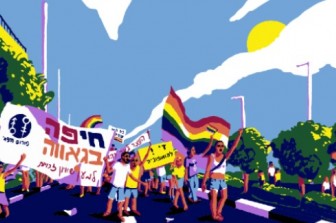
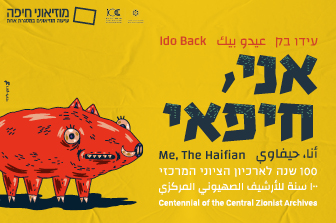
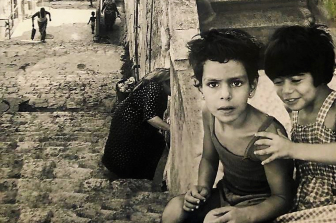

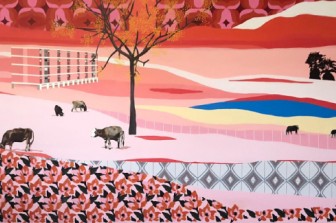
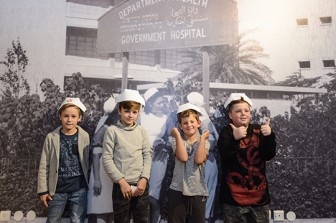
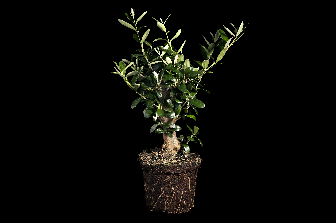
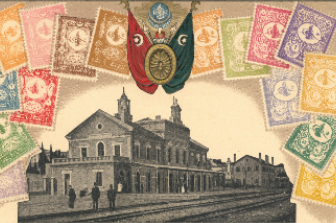
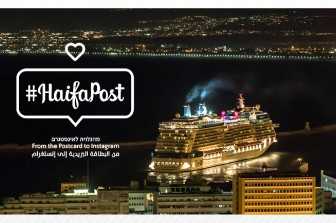
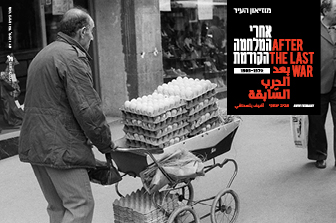
Please contact us and we will contact you as soon as possible